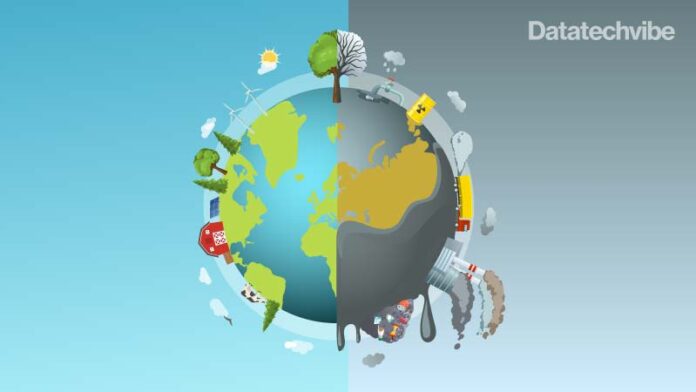A team of scientists, backed by a USD 10 million grant from Schmidt Futures, will work to enhance climate-change projections by improving climate simulations using artificial intelligence.
A team of scientists, backed by a $10 million grant from Schmidt Futures, will work to enhance climate-change projections by improving climate simulations using artificial intelligence (AI).
Led by Laure Zanna, a professor at New York University’s Courant Institute of Mathematical Sciences and NYU’s Center for Data Science, the international team will leverage advances in machine learning and the availability of big data to improve our understanding and representation in existing climate models of vital atmospheric, oceanic, and ice processes, such as turbulence or clouds. The deeper understanding and improved representations of these processes will help deliver more reliable climate projections, the scientists say.
The team, which will include researchers from Columbia and Princeton universities, MIT, the National Centre for Atmospheric Research, the Geophysical Fluid Laboratory, and France’s Centre National de Recherche Scientifique (CNRS), incorporates expertise in climate science as well as in scientific machine learning and in the development of climate models.
Also Read: Top 10 AI Thought Leaders to Follow in 2021
Schmidt Futures, a philanthropic initiative founded by Wendy and Eric Schmidt, former CEO and executive chairman of Google and chair of the Pentagon’s Defense Innovation Advisory Board, back ideas in science and technology with the aim of raising awareness of the issues they address.
The five-year project, M²LInES, is part of Schmidt Futures’ recently launched Virtual Earth System Research Institute.
The project also includes Joan Bruna and Carlos Fernandez-Granda, assistant professors at NYU’s Courant Institute and Centre for Data Science, who are experts in Machine Learning and signal processing. To handle the massive amount of data involved in this research, the team will rely on open-source software and infrastructure developed by the Pangeo Project, a community platform for big data geoscience led by team member Ryan Abernathey, an associate professor at Columbia University.
Due to the complexity of the atmosphere, ocean, and ice systems, scientists rely on computer simulations, or climate models, to describe their evolution. These models divide up the climate system into a series of grid boxes, or grid cells, to mimic how the ocean, atmosphere, and ice are changing and interacting with one another. However, the number of grid boxes chosen is limited by computer power; currently, climate models for multi-decade projections use grid box sizes measuring approximately 50 km to 100 km (roughly 30 to 60 miles). Consequently, processes that happen on scales that are smaller than the grid cell–clouds, turbulence, and ocean mixing–are not well captured.
The researchers on the Schmidt Futures-backed project seek to reduce the imprecision of existing models developed by modelling centres by using machine learning to more holistically capture the physical ocean, ice, and atmosphere processes. The team will rely on a wealth of datasets from a range of existing idealised and global high-resolution simulations and observational products that capture processes, such as mixing and clouds. Machine learning will guide the development of innovative, physics-guided, and interpretable representations of these complex processes directly from data for use in global climate simulations.
Published with Inputs from Agencies









